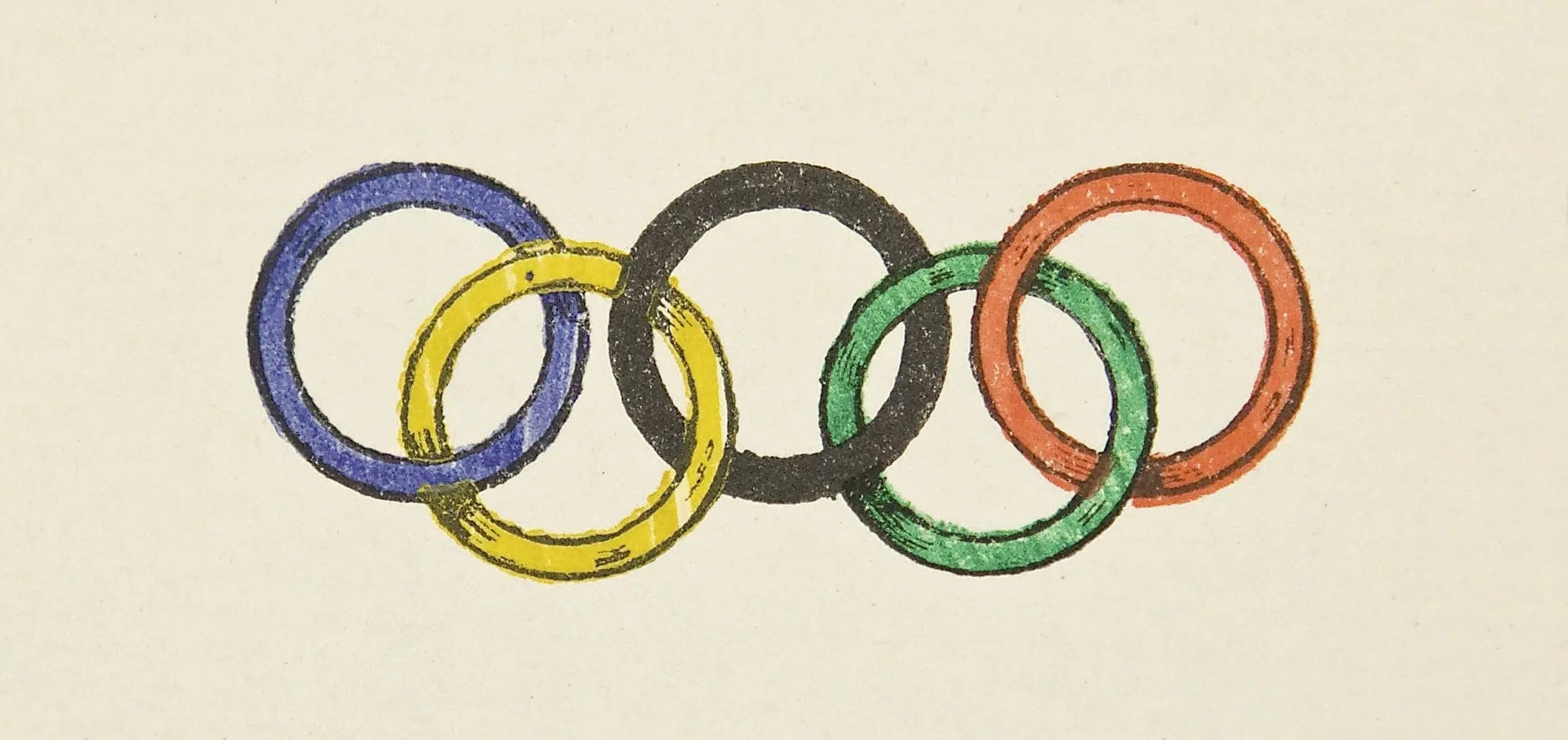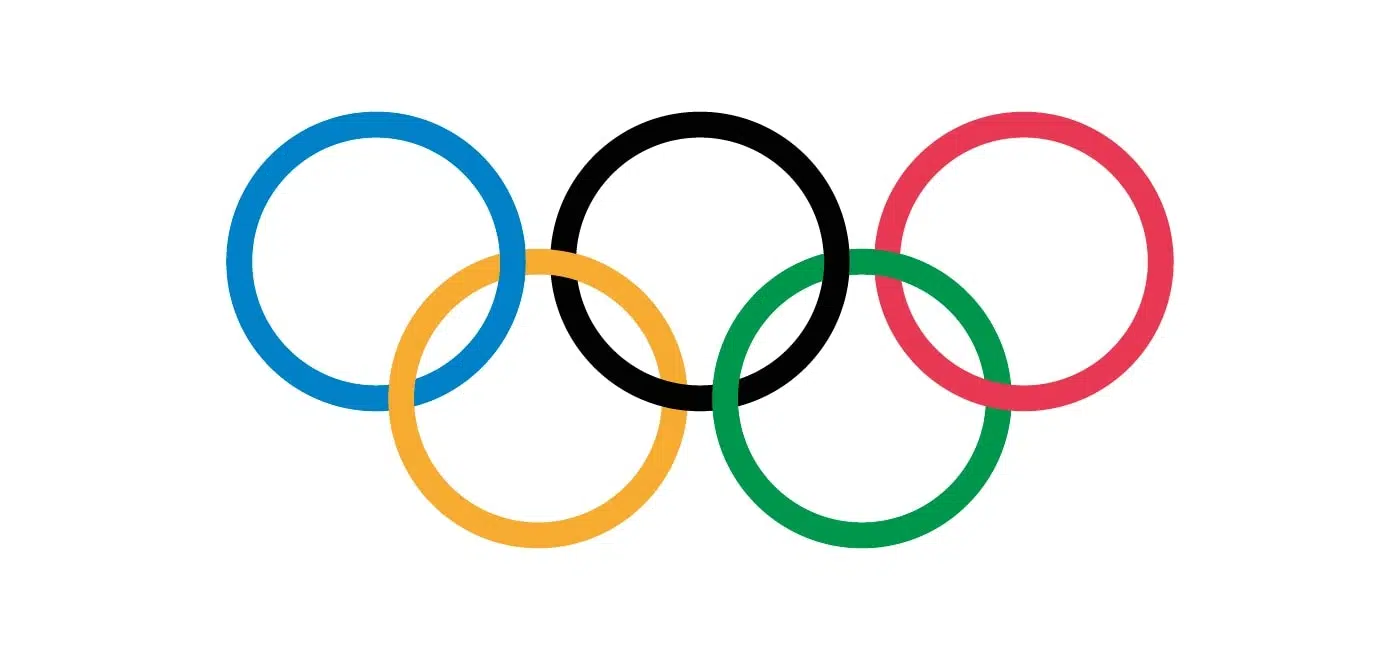
Source: www.olympics.com
The following article is written by Courtney Hansen for the Rahr-West Art Forward series.
Just months ago, we were glued to our TVs watching USA’s strongest gymnasts and swimmers leap and dive across our screens at the delayed Summer Olympics in Tokyo. Now we’re once again in the thick of another Olympic competition. The Winter 2022 Olympics kicked off in Beijing just last week, and many of us are spending our free time watching figure skaters spin across the ice and snowboarders dash down snowy hills. While getting your daily dose of Olympic coverage, have you wondered what went into the design of the iconic Olympic rings that you’re seeing flash across the screen, on athletes’ uniforms, and in commercials?
The Olympic rings, one of the most recognizable and famous symbols in the world, were designed by Pierre de Coubertin, an educator, historian, and founder of the International Olympic Committee (IOC). When he set out to conceptualize an Olympic symbol, he sought a design that was as universal and all-encompassing as possible.

Current Design of the Olympic Rings. Source: www.olympics.com
The five interlaced rings represented the five continents that were participating in the Olympic Games – Africa, Asia, the Americas, Europe, and Oceania. The six colors – blue, yellow, black, green, and red on a white background – symbolized those of all of the nations competitors hailed from.
The Olympic rings were introduced to the public in 1913, and in 1914, they were presented to the 1914 Olympic Congress in Paris as part of the Olympic revival of the time. The rings debuted during the Olympic Games in 1920 in Antwerp, though it wasn’t until years later, in 1957, that they were formally approved by the IOC. This approved design differed just slightly from the original design in the way the rings intersected. In 1986, the IOC released new graphic standards for the rings, including details on how the rings should be spaced slightly apart and not actually intersect each other. However, in 2010, the IOC Executive Board approved the return of the original design by Coubertin, featuring the seamless interlacing rings that he had created almost a century earlier.
Today, there are seven different versions of the Olympic rings approved for use by the IOC. The preferred version is the full-color version against a white background – the version that best embodies the Coubertin’s original creation. The remaining six are monochrome options – the five rings can all appear in either blue, yellow, black, green, or red against a white background – or the rings can all appear white on a black background.
While it’s been over 100 years since Coubertin embarked on designing an Olympic symbol, the Olympic rings as they are today remain a global symbol of the Olympic Movement for billions of people.
Source/photos: www.olympics.com










